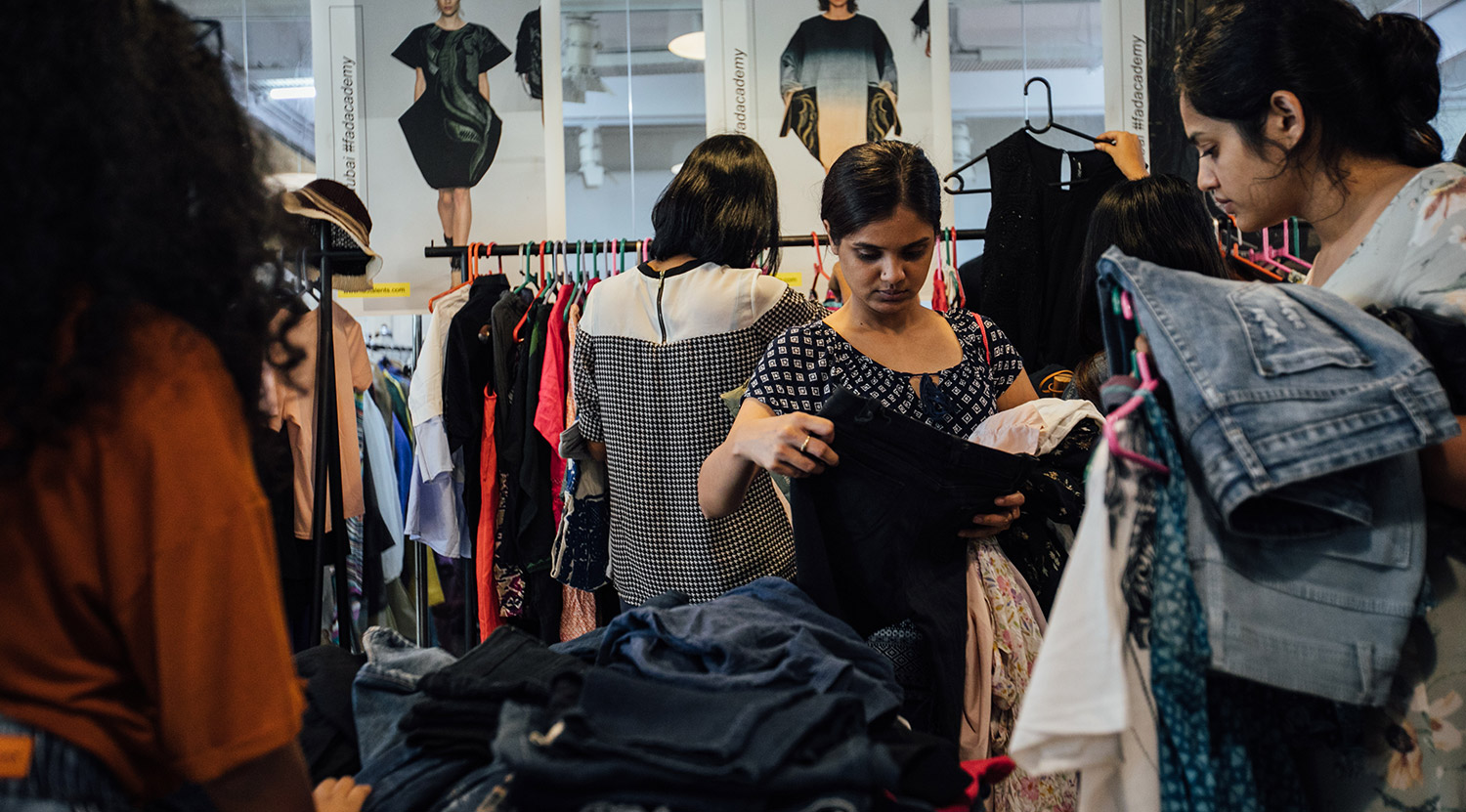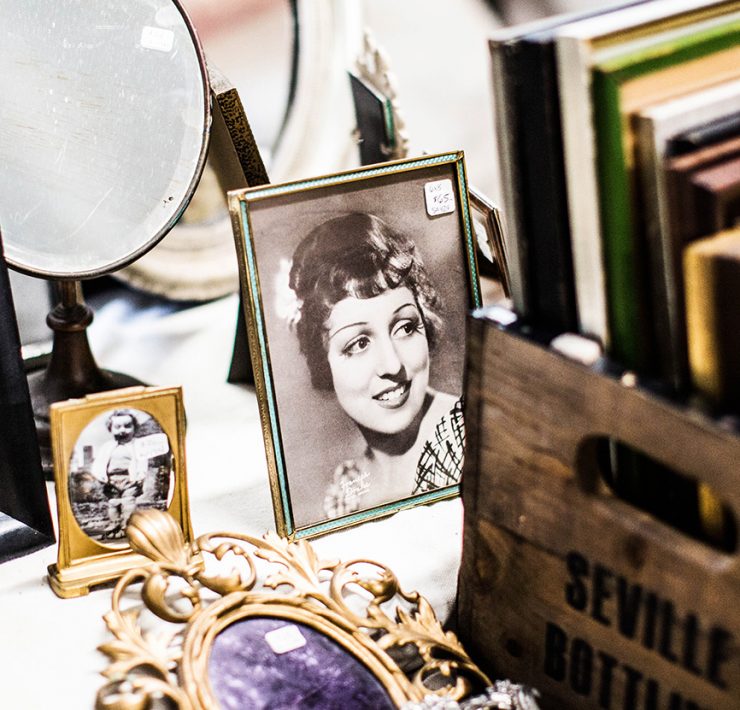What I took back from a clothes swap…apart from the clothes
- …a brand new perspective on hand-me-downs and a closet space that no longer hosted items that didn’t serve a purpose

Sushmita Murthy is a features writer with a penchant for…
If you’re a younger sibling, you know all too well the touch and feel of a hand-me-down. It lacks the sparkle, smell or rustle of a new article. And yet, it is oddly comforting to know that it is something that has served the previous owner well before karmically making its way to you. Of course the latter is a perspective gained over time. But that’s just me. My friends were positively aghast when I told them that I had paid money to go pick up other people’s used clothes at a clothes swap. Now, now, I know what that sounds like. But we’re not talking tattered, faded clothes. The clothes are screened and only those that are in a fairly good condition are put out on the shelves (unless you’re lucky and the clothes are in mint condition). These aren’t clothes that are unsuitable for wearing, but those that no longer ‘spark joy’ as de-clutter doyenne Marie Kondo would say. We’re all guilty of having made impulsive purchases only to hate it the next day or worse even, find out that the ‘steal of a top’ at Colaba Causeway doesn’t fit after all.
For all those clothes that didn’t get their due, this is a novel idea. And, it promotes a circular economy. Every swap operates differently. There are those that are organized among friends, those that are held on a small scale with free entry and the one that we attended – with an entry charge. Whatever the type, they all encourage mindful consumption and a circular economy and we at Ethico were dying to attend one.
‘The clothes are screened and only those that are in a fairly good condition are put out on the shelves.’

Besides, if you’ve consumed even a fraction of the facts and figures around the pollution caused by the textile industry, you’d know that being ‘trendy’ comes at a huge environmental cost. Former Editor of Vogue India, Bandana Tewari, in an Australian podcast said that we’re making an excess of 500 billion T-shirts every year! Now a vocal supporter of sustainable fashion, she admitted that working in a highly consumerist environment had convinced her to go on a ‘fashion diet’ which meant buying less or nothing at all for a year or two at least.
Heck, the British royalty has been endorsing a mindful wardrobe for years too. Prince Charles’ tailor Anderson and Sheppard is known to hold on to scraps of the former’s tailor-made suits in case it needs a nip and tuck over the years. A British tabloid once applauded the Prince for being too comfortable in a pair of shoes that were probably ‘older than his children’.
‘Prince Charles’ tailor Anderson and Sheppard is known to hold on to scraps of the former’s tailor-made suits in case it needs a nip and tuck over the years.’
Our point being, the who’s who of the fashion world and the royals aren’t too cool for it. Not trying to compare, but you get the drift?
We attended a swap organized by @Fairtrunk in association with @Seams For Dreams and this is how it worked:
- You buy a coupon worth Rs 500 either at the counter or online (this was on insider.in)
- You’re allowed to take 10 of your clothes to the swap (you can take more to donate, if you want)
- A person checks the quality of your stack. Those that make the cut, go to the swap and those that don’t, end up in the donation pile that will be redirected to the less privileged
- You get a coupon against every piece of clothing that made it to the swap. So 10 coupons for the 10 pieces of clothing.
- At the venue, there’s a steady stream of people going in and out. Things are flying off the shelves and being replaced constantly.
- There’s no concept of ‘sizes’ per se; the clothes are segregated depending on their type – dresses, tops, shirts, shorts, pants. The men’s section true to its representation in the outside world is relegated to one tiny stand.
- The trick here is to stick around for long enough because the ‘collection’ changes every 10 minutes.
- There’s a trial room too.
I walked in with 10 pieces of clothing and walked out with 3. Did I feel short changed? No. Because I came in with clothes that no more held any allure for me and I was going home with clothes that despite their lack of the sparkle, smell and rustle of fresh clothes, were ‘all new’ for me. And the best part? Clothes that served me well for more than a decade had already found a new wardrobe even as I was scouting away. Oh did I mention, I don’t call them ‘second-hand’ anymore. They’re ‘pre-loved’.
Sushmita Murthy is a features writer with a penchant for exploring topics related to sustainability and a seasoned procrastinator who ironically makes a living by chasing deadlines.







